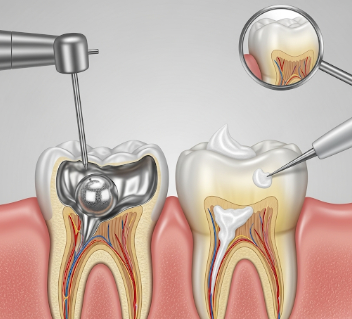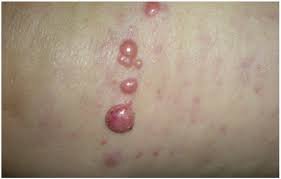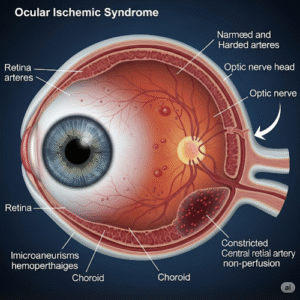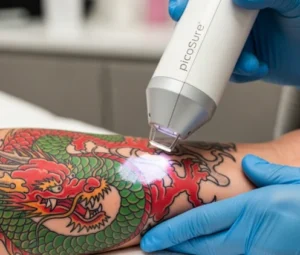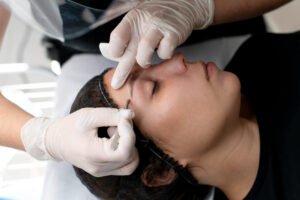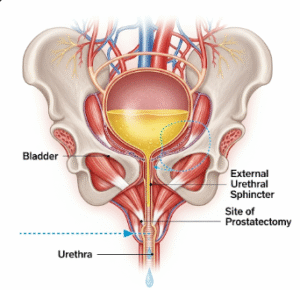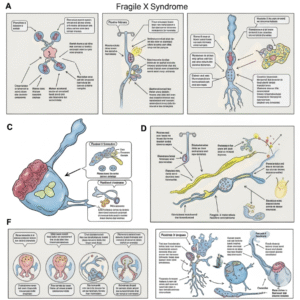Overview
Dental fillings are a common restorative dental procedure used to repair teeth damaged by decay, cracks, or minor fractures. They restore tooth function, integrity, and appearance, preventing further deterioration.
In South Korea, dental fillings are performed in advanced dental clinics using modern materials like composite resin, amalgam, glass ionomer, and ceramic, ensuring durable, natural-looking, and safe restorations.
What are Dental Fillings?
A dental filling involves removing decayed or damaged tooth material and filling the cavity with restorative material. This procedure prevents further decay, strengthens the tooth, and restores normal function.
Types of Dental Fillings:
- Composite fillings: Tooth-colored, aesthetically pleasing, suitable for visible teeth
- Amalgam fillings: Durable silver-colored material, ideal for molars
- Glass ionomer fillings: Releases fluoride, suitable for small cavities
- Ceramic fillings: Long-lasting, natural appearance, often used for inlays/onlays
Purpose:
- Repair decayed or damaged teeth
- Restore chewing and biting function
- Prevent further decay or infection
- Improve appearance of teeth
What are the Benefits?
Dental fillings provide several therapeutic and functional benefits:
✔ Restores damaged teeth and prevents further decay.
✔ Maintains normal chewing and biting function.
✔ Preserves natural tooth structure.
✔ Tooth-colored materials enhance aesthetics.
✔ Prevents progression to more invasive treatments like crowns or root canal therapy.
Procedure Details
1) How should I prepare for Dental Fillings?
- Dental evaluation: Thorough examination, X-rays if needed
- Oral hygiene: Brush and floss before appointment
- Medical history: Inform dentist about allergies, medications, or medical conditions
- Consent: Understand type of filling, procedure, and aftercare
South Korean dental clinics provide detailed treatment planning and patient education to ensure comfort and effectiveness.
2) What happens during Dental Fillings?
- Anesthesia: Local anesthesia to numb the tooth if required
- Decay removal: Dentist removes decayed or damaged material using a drill or laser
- Cleaning: Cavity is cleaned to remove debris and bacteria
- Filling placement:
- Composite or other material is applied in layers and hardened using a special light
- Shaping and polishing to restore natural tooth contour
- Duration: Typically 20–60 minutes per tooth
Korean dentists use advanced materials and precision tools for durable and aesthetically pleasing results.
3) What happens after Dental Fillings?
- Immediate: Mild sensitivity to hot, cold, or pressure for a few days
- Oral hygiene: Brush and floss carefully, avoid sticky foods initially
- Follow-up: Dentist checks filling integrity during routine visits
- Longevity: With proper care, fillings can last 5–15 years depending on material and location
Risks / Benefits
Potential Risks:
- ➤ Tooth sensitivity or mild discomfort
- ➤ Allergic reaction to filling material (rare)
- ➤ Filling wear, fracture, or loosening
- ➤ Secondary decay if oral hygiene is poor
- ➤ Rare nerve irritation requiring further treatment
Major Benefits:
- ✔ Restores tooth function and structure
- ✔ Prevents progression of decay
- ✔ Durable and safe with modern materials
- ✔ Minimally invasive compared to crowns or extractions
- ✔ Enhances aesthetics and oral health
Recovery and Outlook
- Immediate: Mild sensitivity for 1–3 days; avoid chewing hard foods on filled tooth
- 1–2 weeks: Sensitivity usually resolves; resume normal diet
- Long-term: Regular dental check-ups and proper oral hygiene ensure filling longevity
- Maintenance: Brush twice daily, floss, and avoid excessive sugar to prevent future decay
South Korean dental clinics provide structured follow-up and patient education to maximize filling durability and oral health.
When To Call the Doctor
Contact your dentist if you notice:
- ➤ Persistent pain or severe sensitivity
- ➤ Chipped, loose, or dislodged filling
- ➤ Swelling or signs of infection
- ➤ Difficulty chewing or biting
- ➤ Discoloration or dark edges around filling
Best Korea Option / Process
South Korea offers world-class dental filling services due to:
- Experienced general dentists and prosthodontists
- Advanced materials like composite, ceramic, and glass ionomer
- Digital dentistry for precise cavity assessment and filling fabrication
- Minimally invasive procedures with high aesthetic outcomes
- Comprehensive post-treatment care and follow-up programs
- International patient support for consultation, scheduling, and follow-up
Top hospitals and dental clinics for Dental Fillings in Korea:
- Samsung Medical Center, Seoul – Dental & Restorative Dentistry
- Asan Medical Center, Seoul – Advanced Dental Clinic
- Severance Hospital (Yonsei University Health System) – Prosthodontics & Restorative Dentistry
- Seoul National University Dental Hospital – Restorative Dentistry Department

